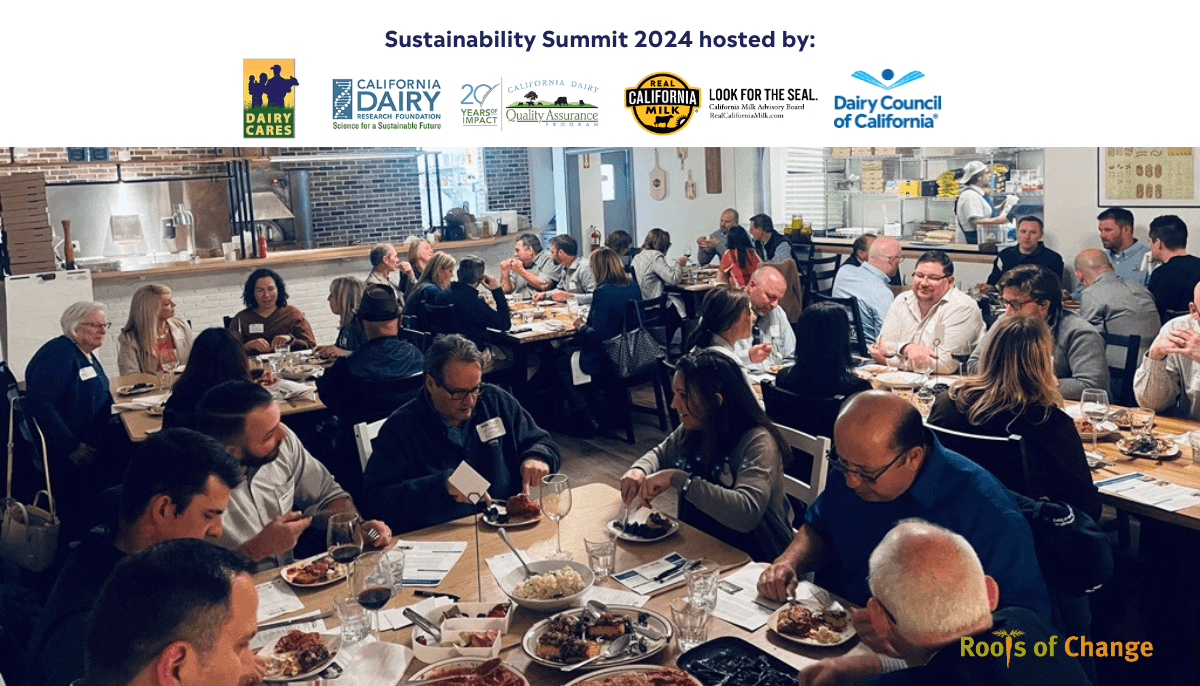
On March 25, 2024, a diverse group of dairy and nutrition stakeholders gathered to take part in guided tours of cutting-edge research laboratories at University of California, Davis and a facilitated dinner dialogue about dairy’s role in advancing sustainable nutrition. The goal was for participants to learn from each other’s expertise about dairy’s role in nourishing people and protecting the planet and the importance of viewing sustainability with a wide lens.
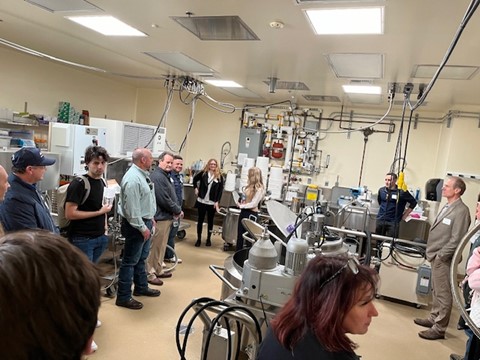 California Dairy Industry Background
California Dairy Industry Background
Since the establishment of the dairy community in California almost two
centuries ago, dairy has become California’s top agricultural commodity, generating over $10 billion in sales per year and employing approximately 180,000 people across the state. Dairy plays an integral role in many aspects
of the U.S. food and farming culture, including human nutrition. In recent history, a focus on integrating principles of sustainability into nutrition guidance has increased.
Defining Sustainable Nutrition
Sustainable nutrition means ensuring wholesome, nutrient-dense foods are accessible, affordable and culturally relevant while also preserving environmental resources and supporting local communities.
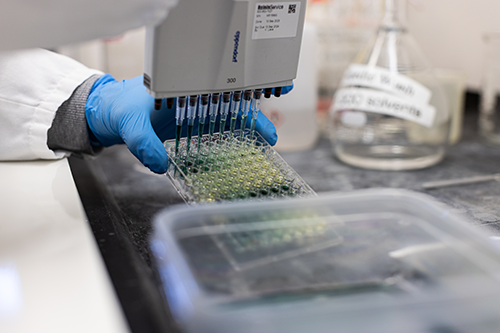 The University of California, Davis Tours
The University of California, Davis Tours
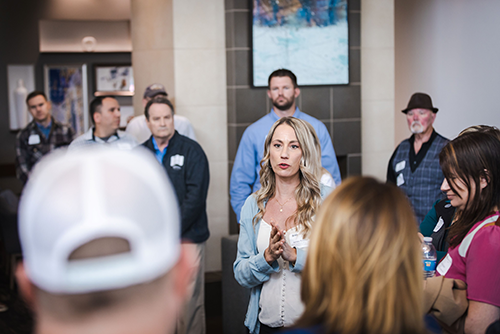 Dinner Dialogue
Dinner Dialogue
Dairy plays an important role in sustainable nutrition through health, nutrition, culture, community, the environment and the economy. The participants
explored each of these areas, the interconnectedness of these spheres and the importance of taking a holistic approach when considering dairy’s future investments in sustainable nutrition. Attending the dinner dialogue were 46 participants,
including dairy farmers, dairy industry leaders, environmental organization representatives, regulatory officials, dairy processors, service providers, nutrition professionals and public health experts. Following are key themes that emerged from the
dialogues:
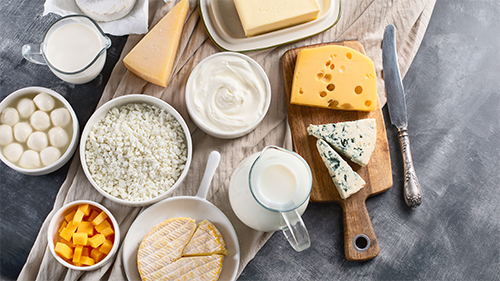 Nutrition and Culture
Nutrition and Culture
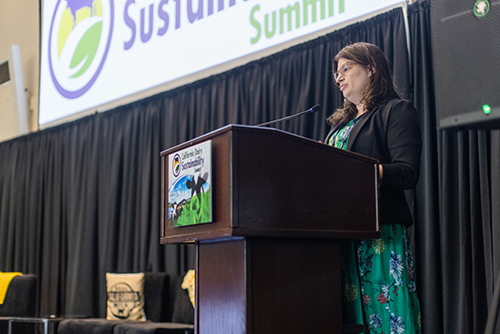 Environment and Economy
Environment and Economy
Interconnections
The themes that emerged from the dinner dialogues confirmed not only the integral role dairy plays in sustainable nutrition but also the market challenges the industry faces.
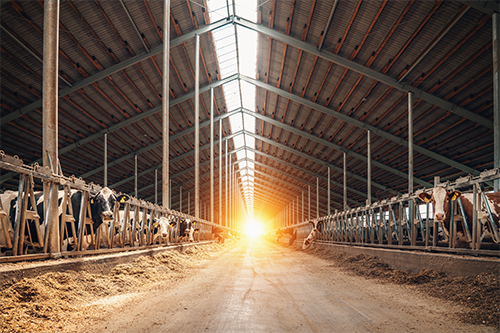 Implications
Implications
Opportunities
Recommendations
References
Download the executive summary here.